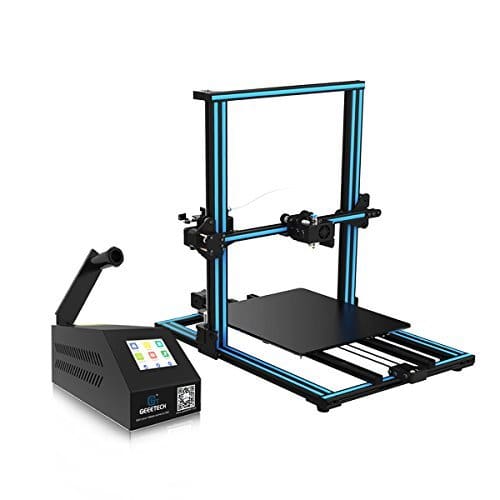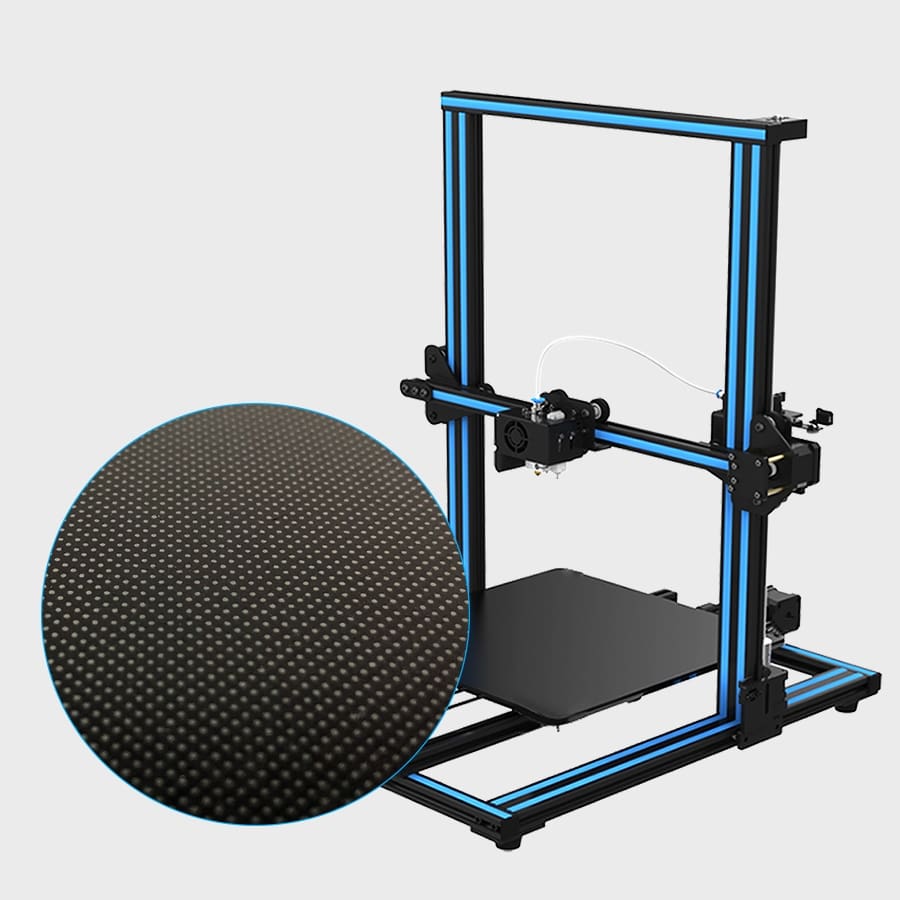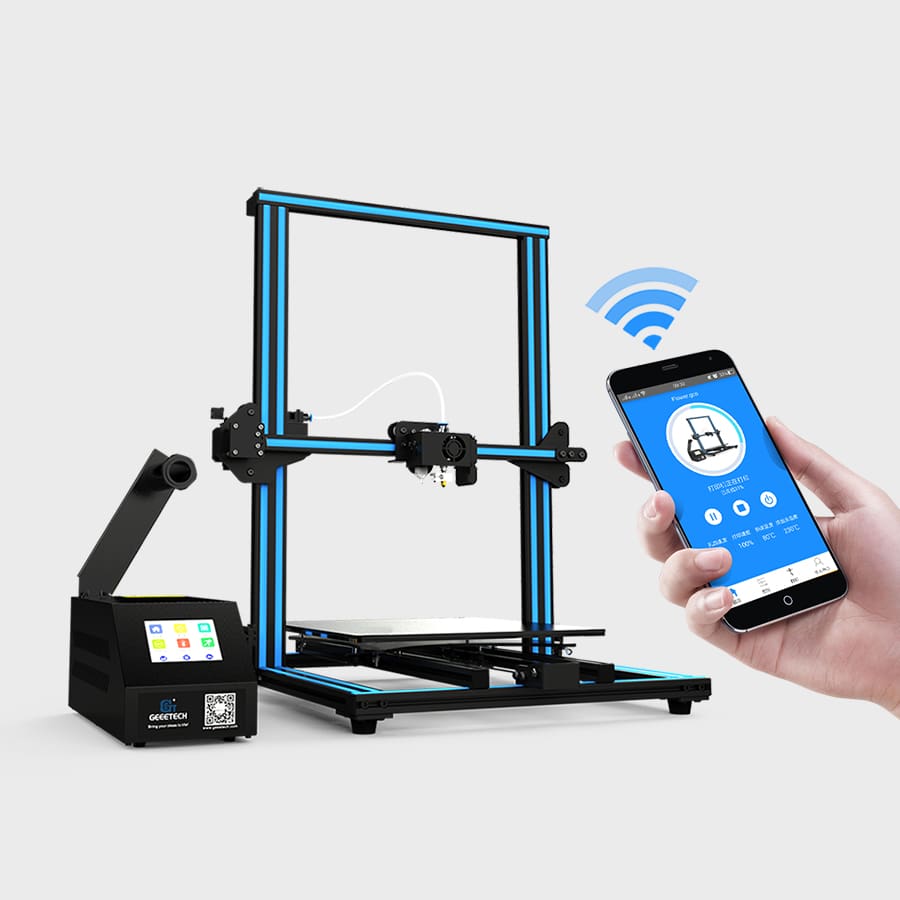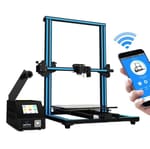The A30 from the Chinese 3D printer manufacturer Geeetech came to market in late 2017. Like the Tevo Tornado, the Anet E12, or the Tronxy X3S, the Geeetech A30 obviously is a clone of the popular Creality CR-10 3D printer series. Let’s see what it brings on the table.
Don’t miss: 8 Best Creality CR-10 Clone Alternatives of 2018
Review the Specs

These are the specifications of the Geeetech A30 3D printer, taken from the official Geeetech website:
- Technology: FDM (Fused Deposition Modeling), single extruder system
- Build Volume: 320 x 320 x 420 mm
- Layer Resolution: 0.05 mm minimum
- Connectivity: SD card, Wifi (optional)
- Printing Speed: up to 110 mm/s
- Filament diameter: 1.75 (Bowden drive)
- Nozzle Diameter: 0.4 mm
- Operational Extruder Temperature: max 250C
- Operational Heatbed Temperature: max 110C
- Heated Bed: Yes
- Supported Filaments: PLA, ABS, PETG, HIPS, Wood
- Input rating: 110V/220V AC, 50/60Hz
- Printer Dimensions: 508 x 616 x 631 mm
What is Special about This Printer?

These are the most prominent features of the Geeetech A30:
- Big Build Volume: First of all, the Geeetech A30 has a bigger build volume than the standard CR-10 or CR-10S. 320 x 320 x 420 mm should be enough room for 99 percent of all your prints, even if you plan to “think big”.
But as of mid-2018, there are even bigger printers available. The Creality S4 and S5 offer even more printing room than the Geeetech A30 – but for a higher price for some additional cubic millimeters. Check out the large-format 3D printers if you are looking for more. - LCD Touch Screen: Using a touchscreen surely is more intuitive than turning a click wheel – that’s a nice feature.
- Bed leveling: The Geeetech A30 comes with a semi-automatic bed-leveling procedure. The printer will assist you, but you still will have to turn the screws and check for the proper procedure yourself. There’s an optional automatic bed-leveling option that you have to buy as an addendum.
- Filament detection sensor: Most Chinese 3D printer manufacturers nowadays will give you a filament detection sensor. This totally makes sense once you start with large prints – you don‘t want to run out of filament near the end of a 30-hour print, right? If the filament sensor can‘t detect any filament, the print pauses, so you can resume your print later.
- Power Outage Resume: The same applies to the print resume feature. If the power is cut, the Geeetech A30 will resume printing from the last known coordinate.
- Optional Wifi 3D Printing: If you don‘t want to use an SD card, you can monitor your prints with an optional WiFi module and Geeetech’s EasyPrint app.
- No Closed Build Space: Why is a closed build space important for a big 3D printer like the Geeetech A30? If you start printing with other materials but PLA, a proper heat management becomes important. Filaments like Nylon or ABS won’t print properly if the heat differs too much. An even temperature is usually provided by an enclosure. Unfortunately, CR-10 clones like the Geeetech A30 don‘t come with a closed printing chamber – but the original CR-10 doesn‘t also.
The printer should be relatively easy to build, as most parts of the printer come pre-assembled. All the plugs and parts are clearly labeled. You should be able to assemble the Geeetech A30 in under one hour. There’s also decent documentation available.
To slice a 3D model, you can use Geeetech’s EasyPrint 3D, Repetier-Host, Simplify3D or the ever so popular Cura.
Where to buy

License: The text of "Geeetech A30 3D Printer: Review the Specs" by All3DP is licensed under a Creative Commons Attribution 4.0 International License.
CERTAIN CONTENT THAT APPEARS ON THIS SITE COMES FROM AMAZON. THIS CONTENT IS PROVIDED ‘AS IS’ AND IS SUBJECT TO CHANGE OR REMOVAL AT ANY TIME.
